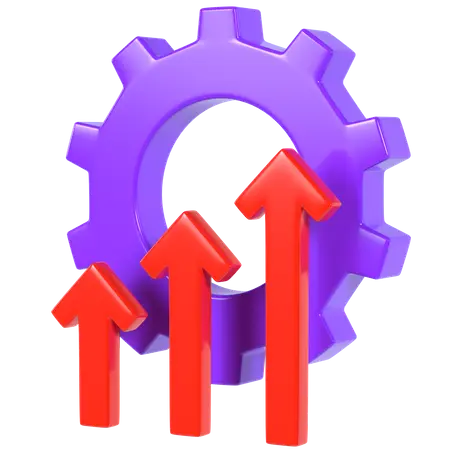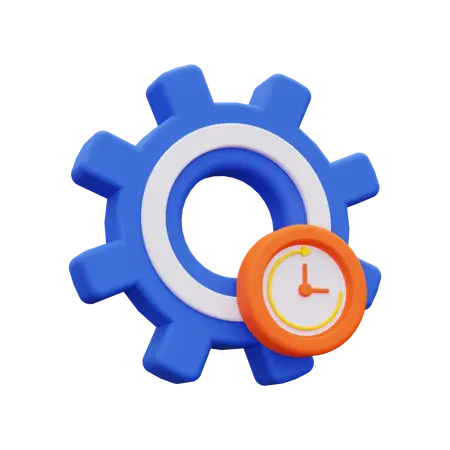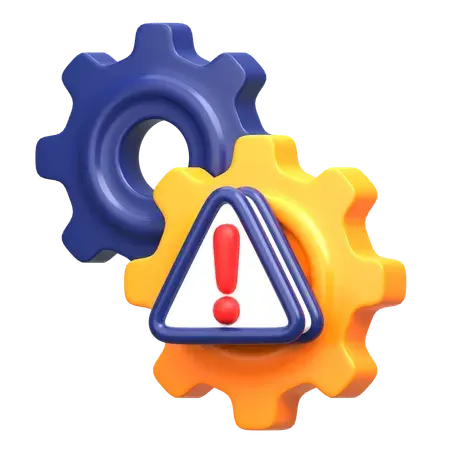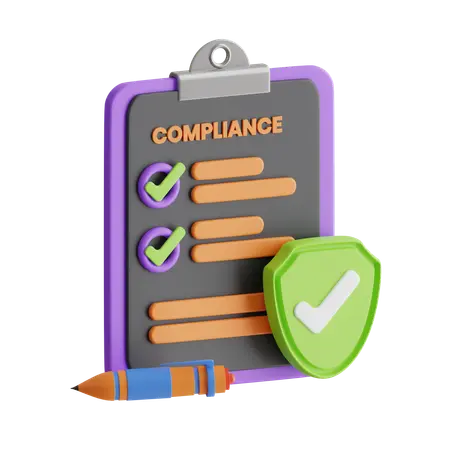Ensuring Excellence: The Power of Quality Assurance
Quality Assurance (QA) is a critical process that ensures products or services meet the highest standards of quality before reaching the customer. By implementing a robust QA system, businesses can identify and resolve potential issues early in the development or production process, minimizing defects and enhancing overall efficiency. QA not only helps in maintaining consistency but also builds trust with customers, ensuring that they receive reliable, error-free products. With its focus on continuous improvement, QA plays a pivotal role in driving organizational success, fostering innovation, and maintaining a competitive edge in the market.
Core Features of Quality Assurance

Consistency and Reliability

Continuous Improvement

Defect Prevention

Customer Satisfaction

Process Standardization

Risk Management

Compliance with Standards

Efficiency and Cost-Effectiveness
Our Quality Assurance Process
Comprehensive Testing and Evaluation
Our Quality Assurance process is built on comprehensive testing and evaluation, ensuring every aspect of the product or service meets the highest standards. From initial development stages, we conduct rigorous functionality, performance, security, and user experience testing. Using both automated and manual testing methods, we identify defects, inconsistencies, and subtle issues, ensuring reliable, high-quality output. This proactive approach minimizes risks, prevents costly errors, and guarantees that the final product delivers a seamless experience for the end user.


Ongoing Improvement and Feedback
Our QA process is driven by ongoing improvement and continuous feedback. After every product release, we gather insights from customers, stakeholders, and team members to identify refinement opportunities. By analyzing data and customer input, we implement enhancements in future iterations. This iterative process ensures products are more robust, user-friendly, and aligned with expectations. Through open communication and feedback-driven adaptation, we consistently elevate product quality and maintain long-term excellence.
FAQs on Quality Assurance
Quality Assurance (QA) is a systematic process that ensures products and services meet defined quality standards. It involves activities such as testing, evaluation, and feedback to detect defects early and improve overall product quality.
QA is critical for identifying issues before products reach customers, ensuring that the final product is reliable, user-friendly, and meets customer expectations. It enhances customer satisfaction, reduces costs, and minimizes risks associated with product failures.
The main types of QA testing include: Functional Testing: Ensures the product works as intended. Performance Testing: Assesses how the product performs under load. Security Testing: Identifies vulnerabilities and ensures data protection. User Acceptance Testing (UAT): Ensures the product meets user needs.
Quality Assurance (QA) focuses on preventing defects through systematic processes and procedures, whereas Quality Control (QC) focuses on identifying and correcting defects in the final product after production.
Implementing a QA process typically involves defining quality standards, creating testing plans, conducting regular tests, gathering feedback, and continuously improving the product based on evaluation results.
Benefits of QA include improved product quality, increased customer satisfaction, reduced costs associated with defects, better team collaboration, and faster time-to-market for high-quality products.
Common QA tools include Selenium (for automated testing), JIRA (for tracking defects), LoadRunner (for performance testing), and TestRail (for test case management).
Hire Our Expert Team
Get the ideal mix of quality and cost-effectiveness by hiring dedicated professionals for your projects.
Our Tech Expertise!
Discover the depth of our technical prowess spanning across a wide spectrum of tech stacks for your next project.

AngularJS

ReactJS

VueJS
JavaScript

TypeScript

NextJS

NuxtJS

Tailwind CSS

CSS3

HTML5

jQuery

Bootstrap

PHP

NodeJs

Python

Java

MySQL

MongoDB

PostgreSQL

SQLite

MariaDB

DynamoDB

Oracle

Laravel

Codeigniter

Yii

ExpressJS

Django

Flask

Spring Boot

Hibernate

Swift

Java

Objective-C

Kotlin

Flutter

React Native

Unity3D

WordPress

WooCommerce

Shopify

Concrete5

Magento






